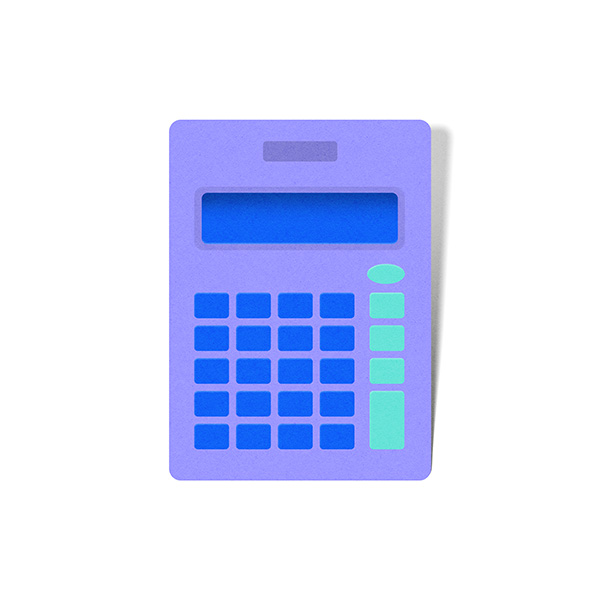Fixed vs variable interest rates on your savings - what's the difference?
3 minute read


Fixed vs variable interest rates on your savings - what's the difference?
3 minute read
When you open a savings account, one of the most important things to look at is the interest rate. In simple terms, this is the amount your bank or building society will pay you for saving with them.
To give you an idea of what this means… Let’s say you have an account with £100 in it. An annual interest rate of 1% will pay you £1 interest, and an annual interest rate of 2% would get you £2 paid in interest.
Other factors, like your account-specific terms and conditions can guide your interest rate. But it’s also good to know the difference between fixed interest rates and variable interest rates. This could help you make better decisions about where to save.
What is a fixed interest rate?
A fixed interest rate means your rate will stay the same for a set period of time.
For example, if an account has a fixed rate of 3% for one year, you’ll earn 3% interest for that whole year. No matter what happens, the rate won’t change.
Pros of fixed rates
- Stability: You know exactly how much interest you’ll earn.
- Guarantee: No matter what happens your rate will stay the same.
- Good for planning: Your earnings are predictable. You know where you’ll be when your rate ends.
- Encourage discipline: With some fixed rates, you’re not able to take your money out. This can remove the temptation to dip into your savings.
Cons of fixed rates
- No increase: If market rates go up, yours will stay the same.
- Limited flexibility: You may be locked into an account with limited or no access until your account matures.
- You can’t change your mind: After the cooling-off period, often you can’t switch to another account. This means you should be sure you want to go ahead when you’re choosing a fixed account.

What is a variable interest rate?
With a variable interest rate, your bank or building society can change your rate at any time. This could be because of changes to the Bank of England base rate, inflation or market conditions.
For example, when you open a savings account, it might have a 2% interest rate. But your provider could decide to change this up to 2.5% or down to 1.5% at any time.
Pros of variable rates
- Your rate could go up: So, you could earn more interest than you expected.
- Flexibility: Variable accounts often let you access your money more than fixed accounts.
- Easy to switch: You can often close these accounts with limited or no charges.

Cons of variable rates
- Uncertainty: As well as going up, your rate could go down. You’ll be told before this happens, but it means you can’t be sure of how much interest you’ll earn.
- Reduced rate: Traditionally, rates in these accounts are lower than a similar fixed rate account. But in recent years, some variable rate accounts have been competitive. It’s always worth comparing accounts.
Other interest elements to think about
How is your interest paid – compounded or paid away?
- Compounded – This means it’ll be paid into the same account on your interest payment date.
For example, let’s say your rate is 1% and your interest payment date is 1 January. On this date, if you had £1,000 in your account for a year, your £10 interest would be paid directly in to your account. This means your account balance would change to £1,010.
- Paid away – This means it’ll be paid into another account on your interest payment date. This is usually an account in your name and is sometimes called your ‘named account.’
For example, let’s use the same scenario as above. If you had £1,000 in your account on your interest payment date, your balance wouldn’t change. However, your £10 interest would be paid into your named account.
When is your interest paid – monthly or annually?
- Annually – You get your interest once a year as a total sum. This can be on a set date or the anniversary of your account opening.
- Monthly – You’ll get multiple, smaller interest payments spread over the year. This usually paid on the last day of the month, and depending on the account, you may be able to access the interest monthly.
So how should you have your interest paid?
It’s up to you! There’s no one size fits all answer. It’ll depend on how you want your savings to work for you.
You may decide you don’t want to just choose one option. A combination of fixed and variable savings accounts might work best with your goals.
What about your Personal Savings Allowance (PSA)?
Need some help?
Published September 2025
Related articles:

What's next for interest rates?
Discover more on how to deal with changes to interest rates.
Related articles:

What's next for interest rates?
Discover more on how to deal with changes to interest rates.

Related articles:

What's next for interest rates?
Discover more on how to deal with changes to interest rates.


